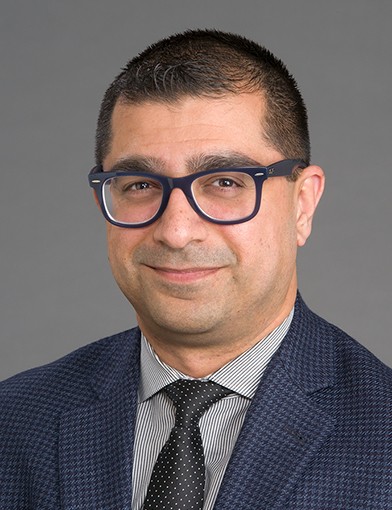By Michael Wong, JD (Founder/Executive Director, Physician-Patient Alliance for Health & Safety)
Opioid-induced respiratory depression can lead to serious adverse events and even death, in hospitalized patients. In its Sentinel Event Alert #49, titled “Safe use of opioids in hospitals”, the Joint Commission stated, “While opioid use is generally safe for most patients, opioid analgesics may be associated with adverse effects, the most serious effect being respiratory depression, which is generally preceded by sedation.” The alert was retired as of February 2019 and is now addressed in the commission’s pain management standards for hospitals.
About half of in-hospital cardiorespiratory events occur on the general care floor. Often these events are fatal. Lars W. Andersen, MD (Department of Medicine, Regional Hospital Holstebro, Aarhus University & Department of Emergency Medicine, Beth Israel Deaconess Medical Center) and his colleagues concluded that acute respiratory events are common in inpatient wards in the US and are associated with a mortality rate of almost 40%.
Continue reading “Identifying Patients At Risk of Opioid-Induced Respiratory Depression”



